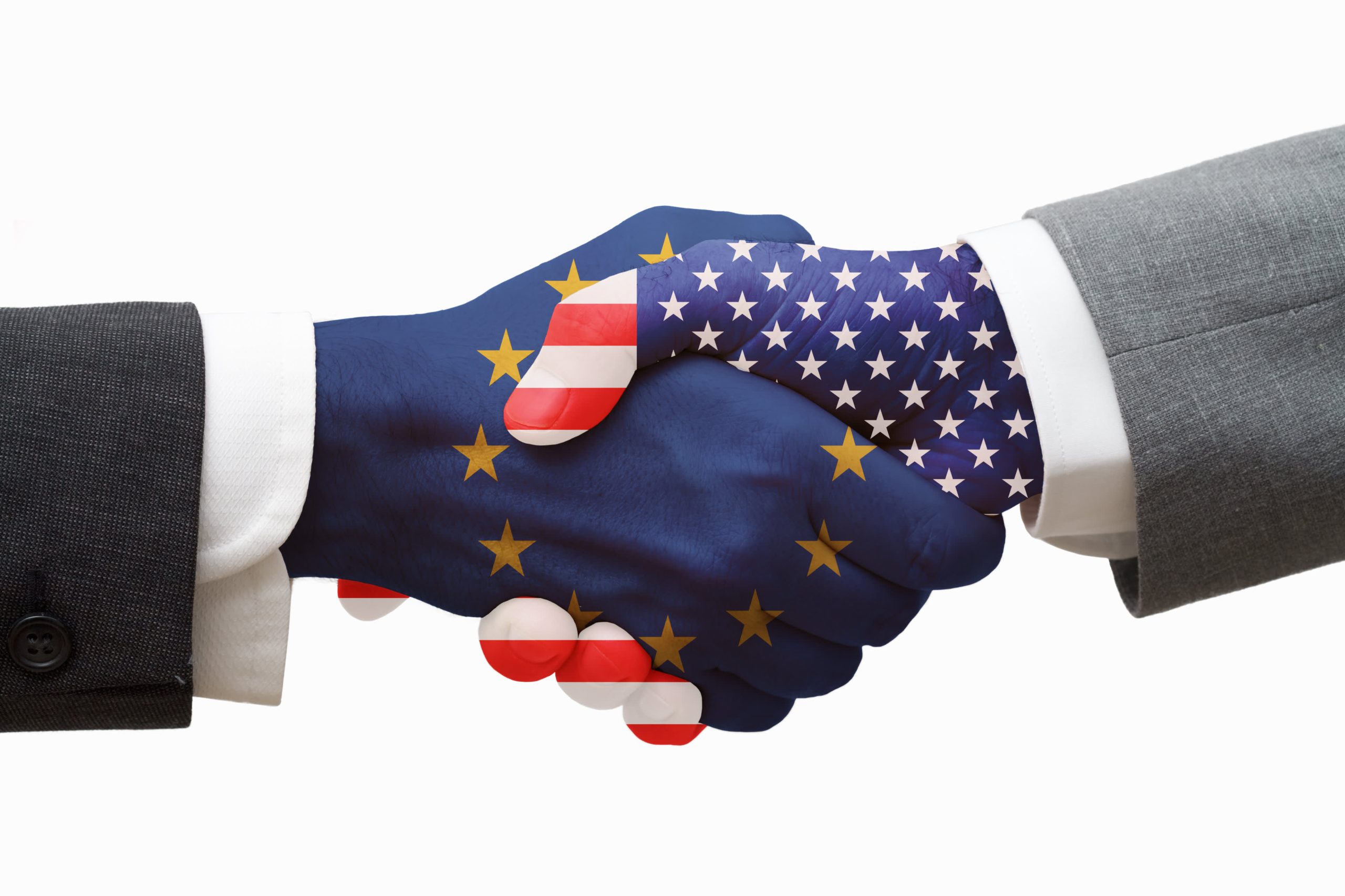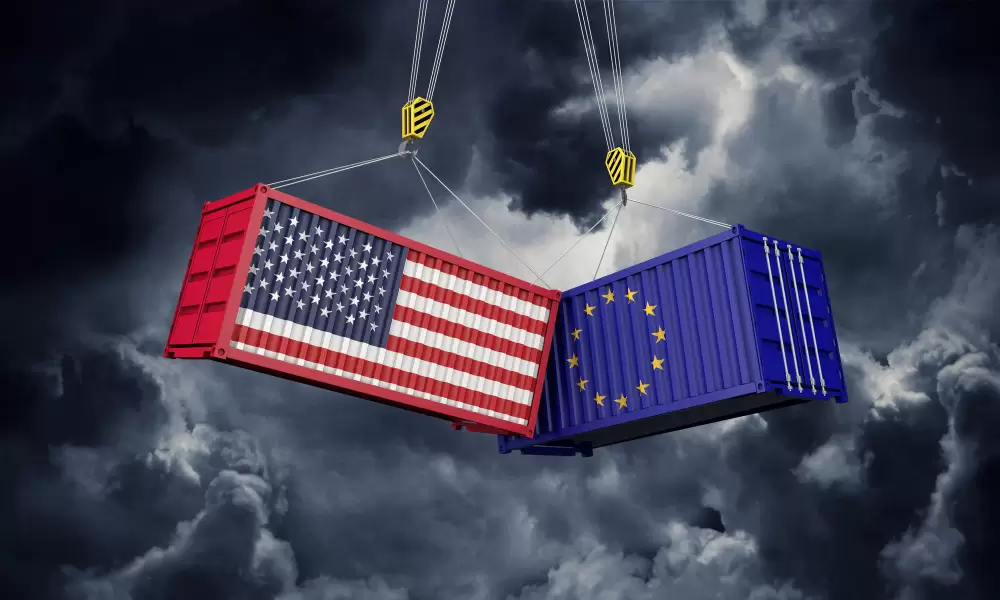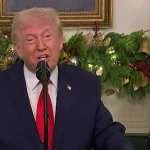The US and EU are on the brink of a trade war — but a last-minute deal could still stop Trump’s massive 30% tariffs from wreaking havoc.
Tensions between the United States and the European Union are reaching a critical point as the 1 August 2025 deadline for potential trade tariffs approaches. President Donald Trump has threatened to impose a sweeping 30% tariff on European imports, but recent diplomatic signals suggest a breakthrough could be near, offering hope to avoid a damaging trade war.
US Proposes Lower Tariff to Break Impasse
After months of tough negotiations, EU diplomats revealed that the United States has reportedly offered a counter proposal of a broad 15% tariff on most European imports, a significant step down from the initially threatened 30%. This development has raised cautious optimism within Brussels, as the European Commission confirmed that negotiators are working “might and main” to deliver a deal that protects European consumers and businesses alike, according to the BBC.
Political Posturing and Market Signals
Despite the hopeful signs, White House spokesperson Kush Desai warned that any talk of a deal remains “speculation” until President Trump officially confirms it. Trump himself has insisted that the threatened tariffs will only be lifted if the European Union “agrees to open up” its markets to American companies, maintaining that market access is a key sticking point.
US Treasury Secretary Scott Bessent indicated positive progress, telling media outlets that discussions are “constructive” and ongoing.
Economic Context: ECB and Industry Concerns
The European Central Bank (ECB) recently left interest rates unchanged at 2% following a series of rate cuts. ECB President Christine Lagarde emphasized that resolving trade uncertainty quickly is critical, stating, “the sooner this trade uncertainty is resolved… the less uncertainty we’ll have to deal with,” as reported by the Financial Times.
Meanwhile, Bernard Arnault, CEO of French luxury conglomerate LVMH, stressed the economic stakes in an interview with Le Figaro: “We cannot afford to fall out with the United States and engage in a trade war with our companies’ main market.” Arnault called for an amicable resolution akin to the recent US-Japan trade deal.

The US and EU handshake symbolizes ongoing efforts to reach a trade deal and avoid escalating tariff conflicts.
EU’s Preparedness for Retaliation
Until now, the EU has refrained from retaliatory tariffs despite American tariffs that include an extra 10% duty on some European exports, above the previous average of 4.8%. However, if no agreement is reached by the deadline, the European Commission has confirmed it will impose countermeasures targeting US goods worth €93 billion (£81 billion; $109 billion). These tariffs are set to come into effect on 7 August 2025, just days after the US would impose its levies, according to a statement from European Commission spokesman Olof Gill reported by the Wall Street Journal.
Gill emphasized the EU’s “twin-tracks” approach: continuing to negotiate in good faith while preparing to enforce counter-tariffs if necessary.
What Happens Next?
With the August deadline fast approaching, the next two weeks will be critical for transatlantic trade relations. Failure to reach an agreement risks igniting a trade war that could disrupt global supply chains, increase costs for consumers, and dampen economic growth in both Europe and the United States.
Frequently Asked Questions (People Also Ask)
What products could be affected by these tariffs?
The tariffs would likely apply to a broad range of goods including automotive parts, luxury items, and industrial equipment, impacting major sectors on both sides of the Atlantic.
Why has the EU hesitated to impose counter-tariffs so far?
Europe prefers to avoid escalating the conflict, hoping to secure a negotiated deal that protects businesses and consumers without retaliation.
How does the US-Japan trade deal influence these talks?
The US-Japan agreement reduced tariffs and expanded market access, serving as a model both sides reference as a potential framework for the US-EU deal.
How will consumers be impacted if tariffs go ahead?
Tariffs generally increase import costs, which are often passed onto consumers, potentially raising prices on cars, fashion, electronics, and other goods.
Final Thoughts
This negotiation captures the tension between protectionism and global trade cooperation. The intertwined economies of the US and EU face significant risk if tariffs are imposed, affecting not only businesses but everyday consumers worldwide.
Finding a balanced agreement could preserve decades of economic partnership and set a blueprint for future trade relations.














